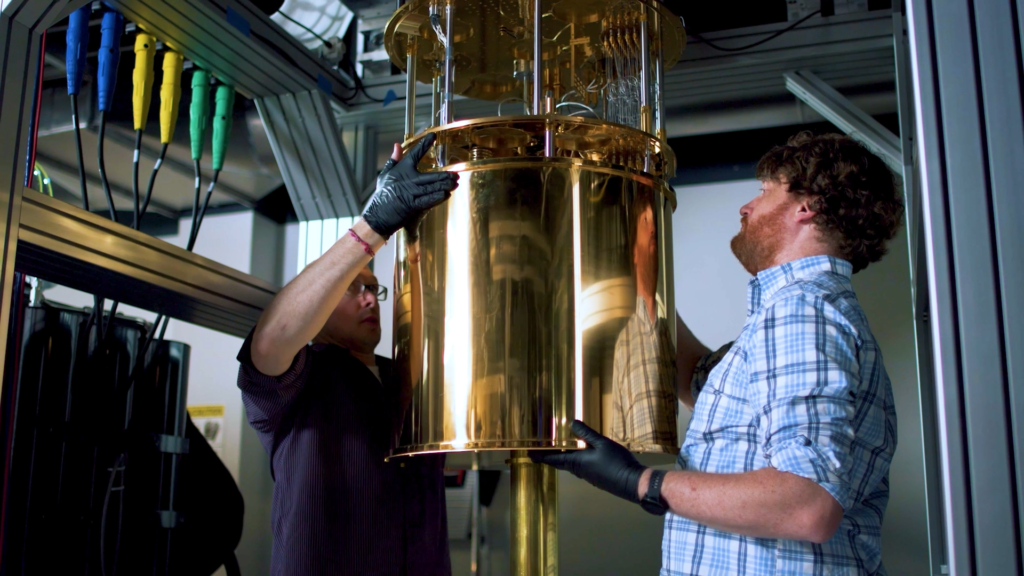Quantum computing is inching closer to a transformative milestone. Microsoft, in collaboration with Quantinuum and Atom Computing, has announced a significant achievement: the largest number of entangled qubits ever recorded. This breakthrough marks a step toward achieving the elusive 50 to 100 qubits needed to outperform classical computers—a goal that the tech industry has long pursued.
The Race to Quantum Supremacy
Quantum computing companies are all working toward reaching 50 to 100 entangled qubits, a range that would allow quantum machines to solve complex problems far beyond the capacity of today’s classical computers. Many companies have focused on developing larger, single quantum chips, but Microsoft has taken a different approach. Instead of building a single massive chip, Microsoft’s strategy relies on multiple smaller quantum chips that are entangled together to act as one cohesive system.
In their latest announcement, Microsoft confirmed that they have successfully entangled 12 smaller systems, demonstrating reliability and error correction—two of the biggest challenges in quantum computing.
Quantum Computing on the Cloud: Coming to Azure
Microsoft and Atom Computing are already planning to make quantum technology more accessible. The companies will soon introduce next-generation quantum systems in Azure, Microsoft’s cloud platform. This integration will allow customers to leverage quantum computing through Azure Quantum, expanding access to cutting-edge technology that was previously limited to a few specialized facilities.
To explore the full details of Microsoft’s announcement, check out their official blog: Microsoft Quantum Computing Announcement.
In Short…
1. The 50-100 Qubit Milestone is Critical
Achieving 50 to 100 entangled qubits will allow quantum computers to solve complex mathematical problems faster than classical systems. The U.S. Federal Government projects that this milestone could be reached by 2029, which has triggered a push toward Post-Quantum Encryption (PQE). Preparing for PQE is essential, as future quantum systems could potentially break current encryption standards.
2. Smaller, Connected Chips May Accelerate Progress
Microsoft’s strategy of using smaller, interconnected chips has significant advantages over monolithic designs. Smaller chips tend to be more reliable, and their modular nature makes it easier to implement error correction, a key component for stable quantum operations. This approach may help reach the qubit target sooner than expected.
3. Quantum Computing for Everyone via Azure
By integrating quantum computing capabilities into Azure Quantum, Microsoft is positioning itself as a leader in the quantum space. This cloud-based approach ensures that more organizations will have access to quantum systems, potentially accelerating advancements in finance, healthcare, cybersecurity, and other industries that require high-performance computing.




